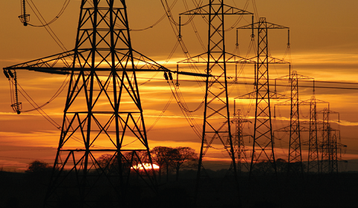Texan municipal electric utility CPS Energy estimates it will spend upwards of $1.3 billion on transmission and generation projects over the next five years to accommodate the rapid growth of data centers in the Lone Star State.
“AI, large language models, machine learning — these technologies are helping us solve some significant human and societal challenges, but they’re extremely thirsty when it comes to power and water,” said CPS chief strategy officer Elaina Ball.
CPS serves the San Antonio municipalities, located in the center of Texas. This means it will play a key role as an intersection within the state's transmission system.
The firm has 15 new or upgraded transmission lines approved by the Electric Reliability Council of Texas (ERCOT) and recently approved $120 million in contracts related to transmission conductors and other parts needed to update aging lines.
CPS has a diversified generation profile, which includes coal, natural gas, nuclear, wind, and solar. It is the top solar generator in Texas and owns 40 percent of the South Texas Project nuclear power plant.
San Antonio is becoming a key hub for data centers in the state. Microsoft has a notable footprint in the city, with eight data centers in operation and development across the city, representing over $1.2 billion in investment. In July, It announced a further expansion with a new $482 million data center in Castroville.
In addition, Stream Data Centers broke ground in July on a 200MW hyperscale campus on the city's west side. This is Stream’s third data center campus in the San Antonio region.
Across the Texan market, ERCOT, in its Short-Term Energy Outlook, projected that electricity demand from customers identified as large flexible loads, such as data centers, will total 54 billion kWh in 2025, up almost 60 percent from expected demand in 2024.
While Texas has seen some of the highest penetration of new renewables over recent years, ranked first in wind generation and second in solar, with 199,836GWh and 31,739GWh of generation capacity in 2023, respectively, 45 percent of its energy is still served directly by natural gas.







